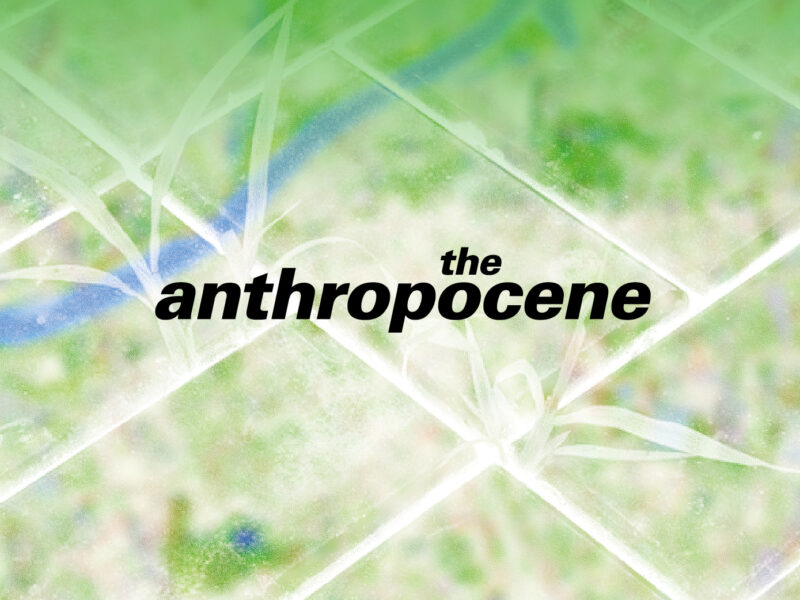
What does an architecture based on attention and care look like? What needs to change in our thinking about architecture in order for buildings to gain the potential to regenerate the planet?
The degree of exploitation and destruction of the planet deepens with continued growth which is the goal of the globally dominant socio-economic system. The consequences of running a predatory economy are pushing us to the verge of a climate catastrophe. As Elke Krasny points out, our planet is in need of immediate intensive treatment. With the rise of modernity and Modernism, over the years we have based architecture and urban planning on both the ideas of progress and the promise of a better future, often destroying what already had existed.
Architecture and urban planning based on the premises of intensive care is the point of departure which allows us not to give up on the future completely. Architecture ought to overcome the environmental and social deficiencies, recognise the interdependence of economy, ecology and work, and seek to build and protect the future of human and non-human beings.
We have invited Elke Krasny, author of the text to the exhibition catalogue, and Dorota Leśniak-Rychlak, content editor of the catalogue who participated in the process of its creation. The meeting will be moderated by Kacper Kępiński.
The debate will take place on October 26th, 5 PM CEST on YouTube and will be conducted in English.
Speakers
Elke Krasny – theoretician of culture and architecture, urban planner and curator. Elke specialises in architecture, contemporary art, urban planning, feminist museology, curatorial histories and theories, critical historiographies of feminism, the politics of memory and their intersections. Together with Angelika Fitz, she co-curated the exhibition titled Critical Care: Architecture and Urbanism for the Broken Planet and is co-author of a catalogue under the same title published by MIT Press. In her work, Elke introduces the perspective of care in the context of architecture as an anthropogenic activity.
Dorota Leśniak-Rychlak – editor-in-chief of Autoportret. Pismo o dobrej przestrzeni quarterly published by MIK. Founder and chair of the Institute of Architecture Foundation. Curator and co-curator of numerous exhibitions devoted to architecture, among them: Impossible Objects – Polish Pavilion at the 14th Architectural Biennale in Venice, At One’s Own Home at Last. A Polish House Undergoes Transformation, Warszawa w Budowie Festival, Museum of Modern Art. Prime mover and editor of publications dedicated to architectural theory and practice, i.a.: Peter Zumthor, Myślenie architekturą [Thinking Architecture, Kraków: Karakter 2008], Juhani Pallasmaa Oczy skóry [The Eyes of the Skin; Kraków: Instytut Architektura 2012] and Juhani Pallasmaa Myśląca dłoń [The Thinking Hand; Kraków: Instytut Architektury, 2016]; editor of: Teksty modernizmu. Antologia polskiej teorii i krytyki architektonicznej 1918-1981 [Texts on Modernism. An Anthology of Polish Architectural Theory and Criticism 1918-1981; Kraków: Instytut Architektury 2018). In 2019, Dorota published a book titled Jesteśmy wreszcie we własnym domu [We Are Finally at Our Own Home; Kraków: Instytut Architektury, 2019] dedicated to the changes in housing in Poland of the transformation period.
Kacper Kępiński – Architect, architecture critic, curator of exhibitions devoted to architecture. Head of the External Projects and Exhibitions Department at the National Institute of Architecture and Urban Planning. Co-founder of the Przestrzeń-Ludzie-Miasto [Space-People-City] association and member of the board of the Institute of Architecture Foundation. Regular contributor to the Autoportret quarterly and editor of the Architektura & Biznes portal. Together with Zuzanna Mielczarek, Kacper teaches design as part of the “Inclusive Housing Studio” at the Faculty of Architecture of the VUT in Brno. Co-curator of the first Polish core exhibition devoted to architecture: Cross-sections at the National Museum in Kraków, and of the Anthropocene exhibition.